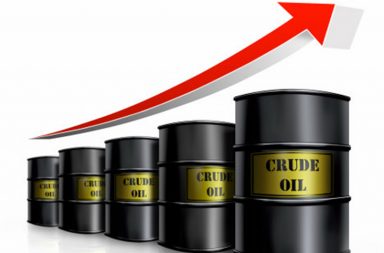Although Brent crude lost some of its recent gains, falling a tad more than $1 per barrel on Tuesday, strong demand supported prices to stay close to $70 per barrel. The price of oil has been pushed by the cuts in production from the OPEC nations and Russia and the healthy demand from robust economic growth.
Brent futures dropped by $1.08, or 1.54 percent, to $69.18 per barrel at 1108 GMT. Although trading was thin due to a holiday in the U.S. on Monday, Brent hit $70.37, a high from December 2014, when markets were at the start of a three-year decline.
U.S. West Texas Intermediate (WTI) crude futures were at $63.87 a barrel, down 43 cents, or 0.67 percent. In early trading, WTI reached a December 2014 peak of $64.89.
“The market is hitting technical resistance. We need to see a confirmation of a true break past $70 a barrel,” said oil consultant, Olivier Jakob. “There is lots of speculative length in WTI at the moment … the force is from the U.S. market right now so we need the direction they give coming back from holiday.”
Oil has been driven higher by the efforts of the Organization of the Petroleum Exporting Countries and Russia to curb production starting last January which are organized to extend until the end of this year.
Russian Energy Minister Alexander Novak reaction to the three-year high is that the oil market is not balanced and the agreement to curb output should continue as the price rise could be related to cold weather. Novak maintained his $50-$60 a barrel forecast for 2018.
The curb along with healthy oil demand driven the price of crude up 15 percent since early December.
“This rally has been driven first by robust fundamentals, with strong demand growth and high OPEC compliance accelerating,” according to Goldman Sachs. “We see increasing upside risks to our $62 per barrel Brent and $57.5 per barrel WTI forecast for the coming months.”

THE MORNING REPORT
Start your workday the right way with the news that matters most.
Your information is 100% secure with us and will never be shared Disclaimer & Privacy Policy
An influence that suppressed crude prices last year was the increase of U.S. production, which has pasued temporarily because of the icy winter weather. U.S. production has dropped from December’s 9.8 million barrels per day (bpd) to the current 9.5 million bpd. Although, most analysts anticipate U.S. production to surpass 10 million bpd shortly.
 D. Marie
D. Marie 




